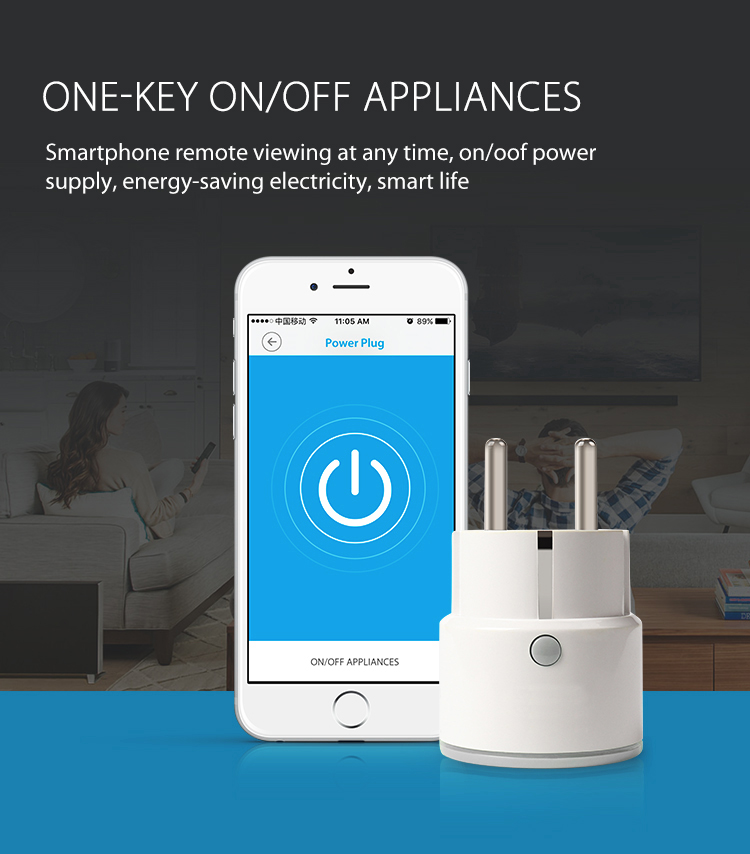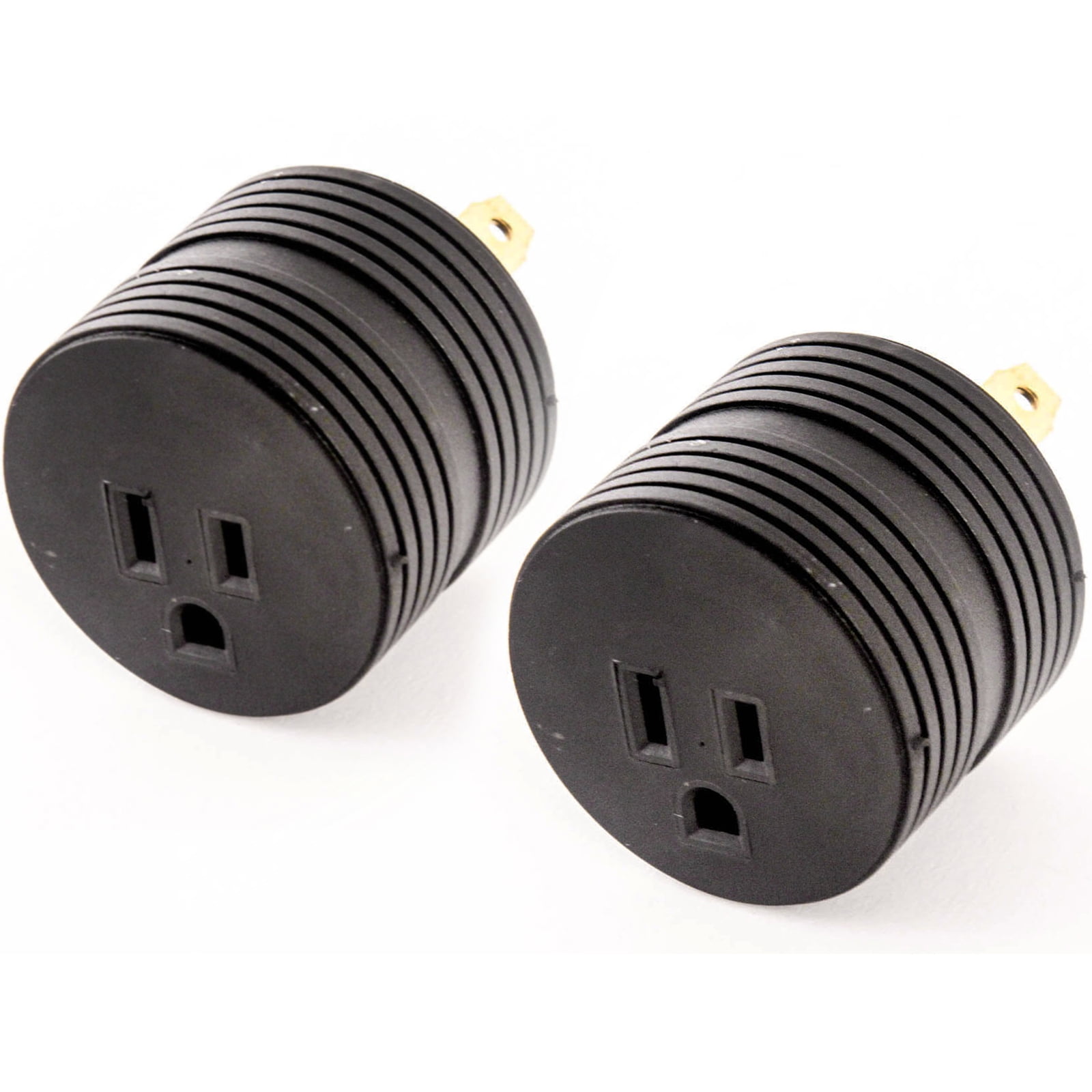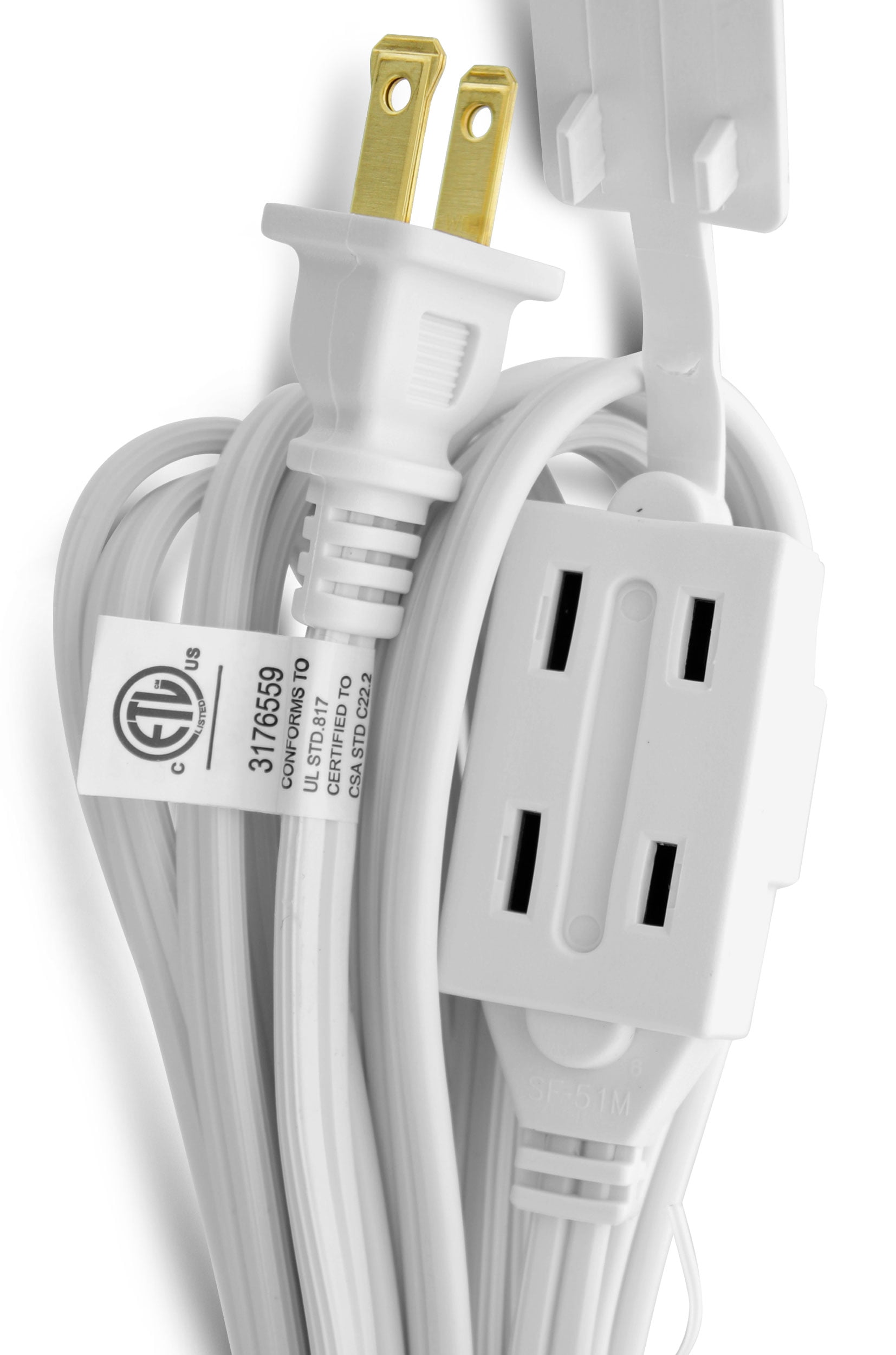

Workflows can use custom workflow extensions (workflow activities) which allow you to create re-usable conditions and actions with code that can be used within multiple workflows.Ĭalculated and rollup fields provide capabilities that could previously only be done using workflows.Ĭustom Actions are a type of process similar to workflows that allow for creating re-usable messages that can be called from other workflows or from the web service endpoints.Īzure Service Bus integration and Webhooks can be used to push data to external systems where logic can be applied using many different resources. There are other capabilities to achieve requirements without using plug-ins. But this doesn't mean you should just use plug-ins for anything that can't be done with a workflow. Plug-ins can do everything workflows can do but the inverse is not true. There is significant overlap in the capabilities of workflows and plug-ins. People frequently compare workflows and plug-ins as the choices to apply custom business logic. The operations in an asynchronous plug-in are placed in a queue and are executed after the operation is completed so that the operation can complete with minimal interruption.

This has an impact on perceived performance of the system. A synchronous plug-in will cause the operation to wait until the code in the plug-in completes. Plug-ins can be configured to execute synchronously or asynchronously. Initiate other actions using the Organization Service to add automation.Make changes to the data in the operation.Cancel the event and display an error to the user.When an event occurs that has a class registered to it, contextual data is passed to the Execute method. This interface exposes a single method: Execute.


The classes in the assembly that can be registered to a step must implement the IPlugin interface. Use plug-ins when a declarative process doesn’t meet your requirement. More information: Apply business logic in Dataverse However, when you choose a quality travel adapter, you can stay connected to a power source.įortunately, here’s our top-3 travel adapter picks from Amazon, in terms of quality, design, and price.Whenever possible, you should first consider applying one of the several declarative options to define business logic. The list of travel adapter products and converters available online is endless. Want to buy a power plug/travel adapter or voltage converter? These devices include chargers of phone cameras, tablets, laptops, and electric toothbrushes. Such devices can be used in all countries in the world without a voltage converter. On such a device label, an inscription such as ” INPUT: 100 – 240 V, 50/60 Hz” is written. Some devices and appliances do not require voltage converters as they work with different voltages and frequencies. If no voltage differences exist for such appliances, they can be used, but it can be risky and should only be done for a limited period.Ĭaution has to be exercised when dealing with rotating or moving appliances such as fans and clocks. This includes travelers from countries such as Canada, the US, and most countries in South America.įor travelers from countries with a standard frequency different from that of South Korea, it is recommended that electric appliances are not used in South Korea. This is because manufacturers take into consideration slight deviations into account.įor travelers from countries with a standard voltage between 100 V – 127 V, using electrical appliances in South Korea will require a voltage converter. Travelers from countries such as Australia, the UK, Europe, and countries in most parts of Africa and Asia can use appliances in South Korea without a voltage converter. If you are from a country with a standard frequency between 220 V and 240 V, you can use your electric appliances in South Korea without a voltage converter. The standard voltage and frequency in South Korea is 220 V, while the standard frequency is 60 Hz. South Korea Plug & Power Outlet Type F What is the voltage and frequency in South Korea?


 0 kommentar(er)
0 kommentar(er)
